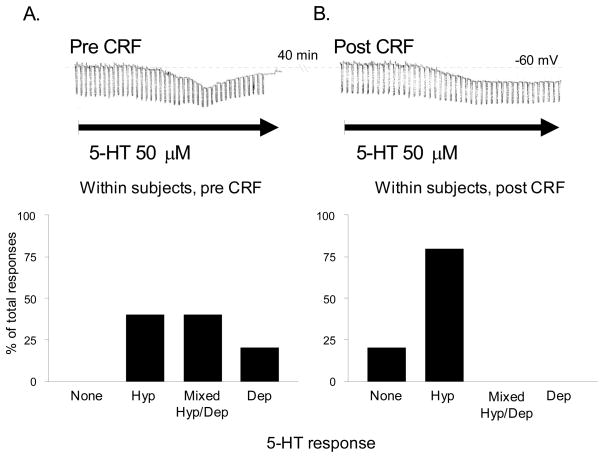Figure 5. Acute CRF treatment (200 nM) potentiates the inhibitory response of individual anterolateral BNST neurons to 5-HT application.
A) Upon the establishment of whole cell patch clamp, an initial response to 5-HT was determined. Upper: A representative mixed Hyp/Dep response in current-clamp mode that contained both an inhibitory and excitatory component. Lower: The percentages of 5-HT responses obtained in anterolateral BNST neurons prior to CRF treatment (n = 10). B) 5-HT responses 40 min after CRF treatment determined by 5-HT reapplication. Upper: The same representative neuron shown in A responded to 5-HT with a pure Hyp response 40 min after CRF treatment. The depolarizing component of the initial 5-HT response was abolished by CRF treatment. Lower: The percentages of 5-HT responses in BNST neurons 40 min after CRF treatment. CRF treatment abolished the depolarization response in all neurons.

